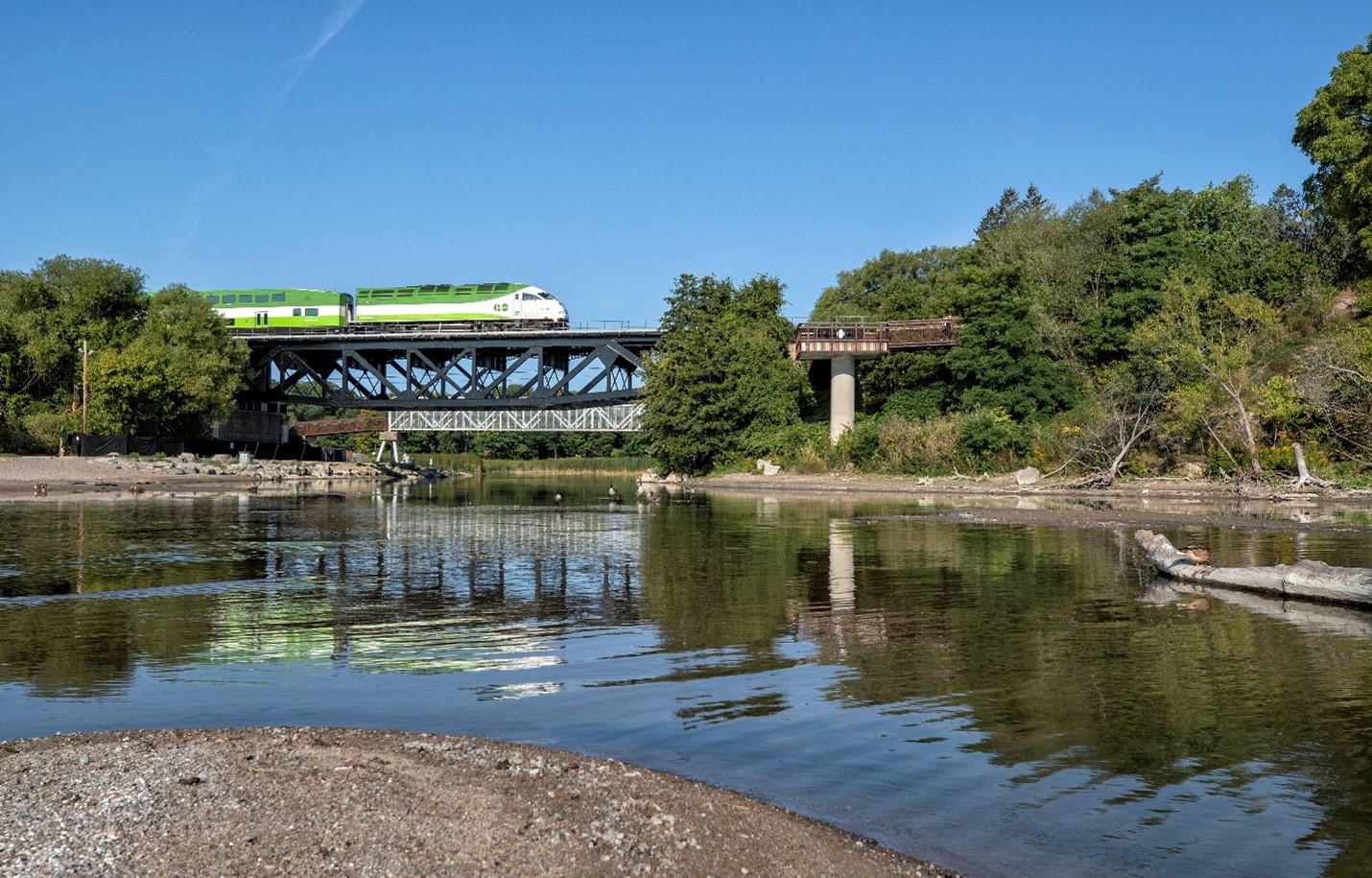Haven't built a highway in a long time? MTO regularly builds new highways.
They opened the 407 extension to Highway 35 less than 5 years ago.
MTO has also built the 400 extension to Sudbury slowly over the last 20 years.. issues with indigenous reserves has limited progress the last few years, but it continues to chug along.
Honestly one of the biggest differences in controlling costs is that MTO (mostly) still just does traditional procurement, one contract at a time.
Metrolinx has shifted back a bit towards this model with smaller, more bite-sized contracts for the OL instead of one, single mega-contract.
Highways are ultimately also just far less complex pieces of infrastructure to build. There is a reason they are substantially cheaper per kilometre despite being far larger in footprint.
Apologies, as I didn’t really keep up with what the MTO was doing then. I think it does lend something to my argument if they actually do continuously build things when saying we should emulate them, but it’s neither here nor there in light of your other points.
I’d add my basic assumption was that Metrolinx is in need of accrued expertise, that the MTO has at least some of by comparison.
Nonetheless, it seems like an ‘easy’ couple of improvements would be to:
1. not reinvent the wheel as it pertains to contracting work, and
2. keeping a continuous pipeline of work to do.
Both of these seem to be works-in-progress, and we can’t really know if one of these change (ie., no transit funding for a decade…) till the time comes.
Also, its fairly obvious building highways is easier- I just wonder if there’s something to gain in the transit sphere given that fact. Ala building concrete viaducts or greenfield alignments, especially considering how much greenfield transit Mx has thrown into RTPs. The MTO doesn’t know a thing about building a rail system, but on some level any right-of-way need to be cleared, graded, etc.
I suppose my point here is that I agree the MTO isn’t going to help at all on building an Ontario Line, but they probably could do plenty for the rail-407 transitway or similar.
I'm not sure the two functions do construction in the same way, but there are always things people can learn from each other.
There has been a dearth of contractors (and workers) in Ontario who have the knowledge and experience on rail projects. One part of this is knowing how to build the specific product - as we've seen with LRT projects, there has been a learning curve in roadbed construction and track laying. Signals and info tech is a very different field for railway construction than anything highways require. .
A bigger part is the interface between the running railway and the construction. The rules for working around running trains are pretty elaborate and don't intersect with anything that is done when building highways. MTO may know very well how to plan and lay out barriers and pylons for a work zone, but controlling work around a live rail line is a much more minute by minute proposition governed by an exacting set of operating rules and regulations. The information and communication flows between MTO and a contractor are very different from the interface between CN/CPKC, ML, and the contractors when planning and executing work.
Similarly, procurement may be quite different. I suspect the provincial bureaucracy that does this is a lot more familiar with highway projects than railways. The process for rail seems to be byzantine, with people triple checking each step, likely out of fear of missing something (which still seems to happen anyways).
I do think ML has a basic deficiency in project planning. One wonders if MTO could teach ML a lot about that. I'm a little long in the tooth to know what tools are used these days, but a good old fashion Gantt chart sure seems to be outside ML's skill set. Maybe start there.
- Paul
This helps make apparent just how different the types of work the two entities do are. Safety seems to be something we cannot address by looking to our highway builder. Since I addressed parts of this above, I’ll just say that whatever crossover there might be should be capitalized upon ravenously, if only so Mx isn’t the one trying to do it…
My interpretation of the issues with procurement are that you’d need a systemic shift to acquaint the agencies and the industry with rail construction in a simple and straightforward way. Otherwise we are just going to have to cross this learning curve one way or another.
I can echo that there are those in Ontario that have been accruing knowledge/ experience. I just hope we don’t throw these modes out now that we’re starting to get the hang of it. For all the stuff in the news, Hurontario, Finch, and Xtown West are leagues from the headache of Crosstown. Perhaps the Hamilton LRT will see that expertise put into action, especially given it’s not even the primary goal of the project.
Also, I got acquainted with Gantt charts halfway through schooling and never looked back. Perhaps Metrolinx just needs more Interns that are with the times.















